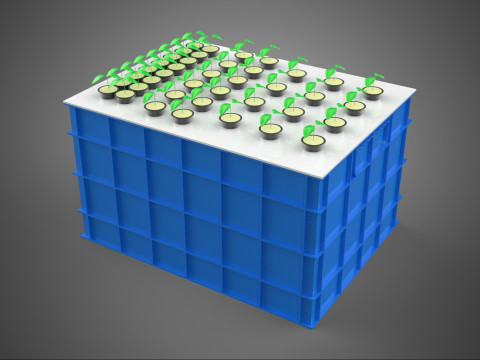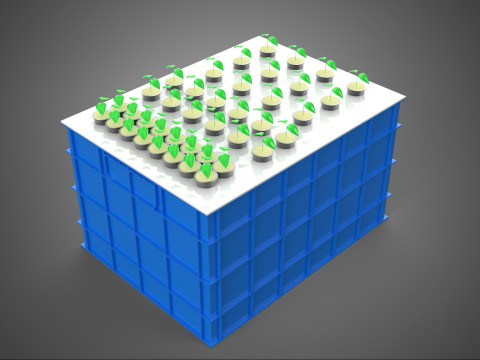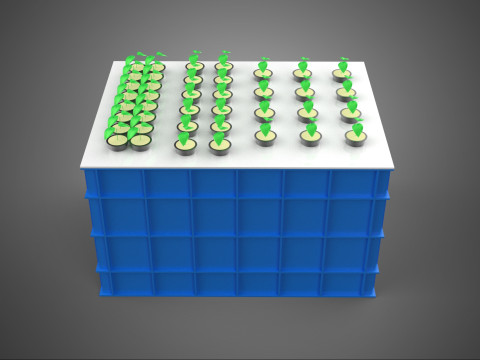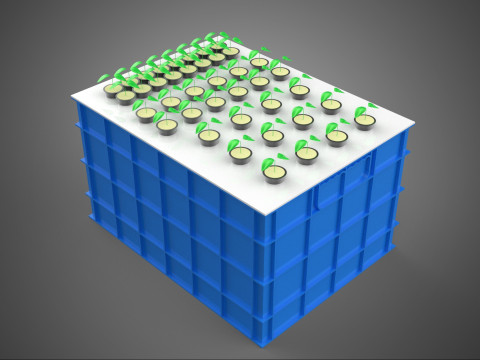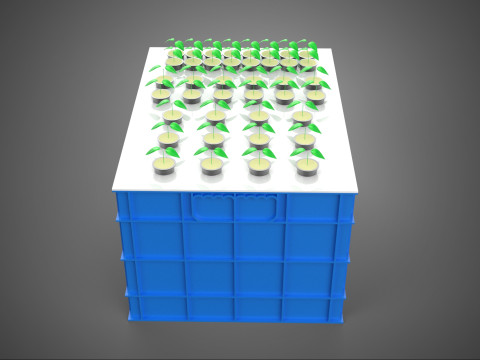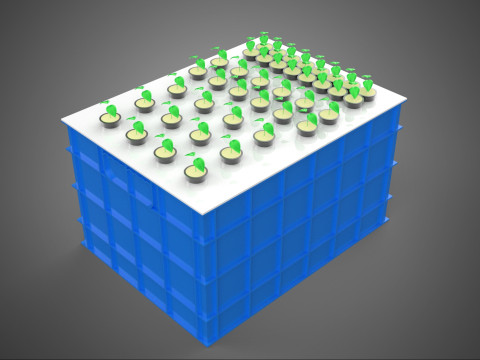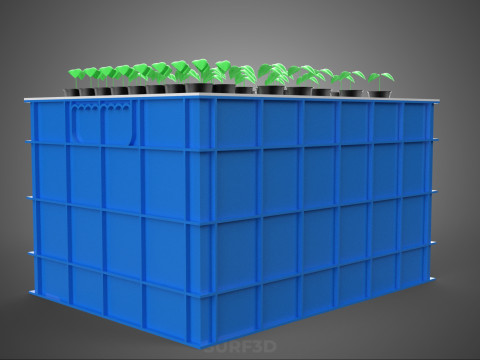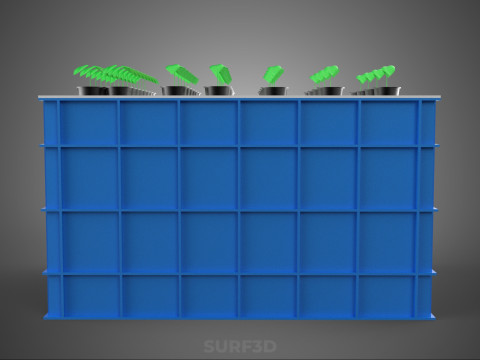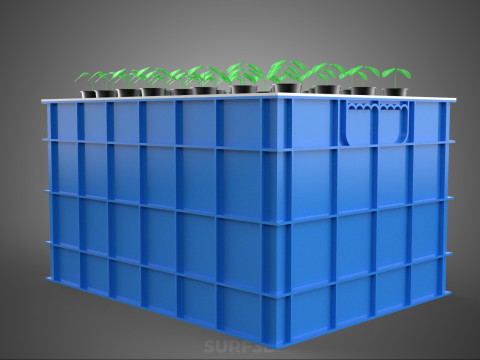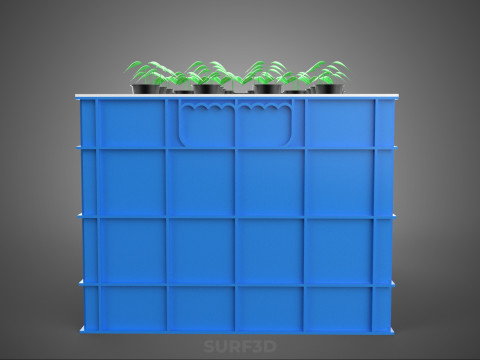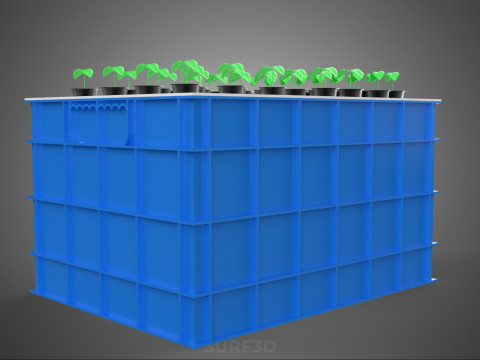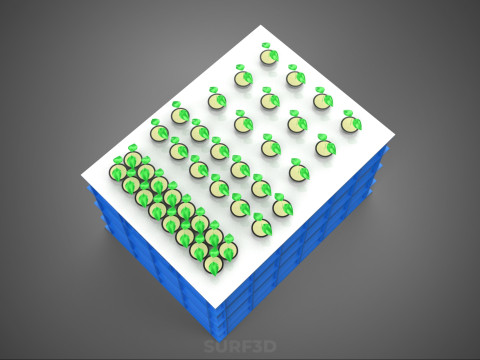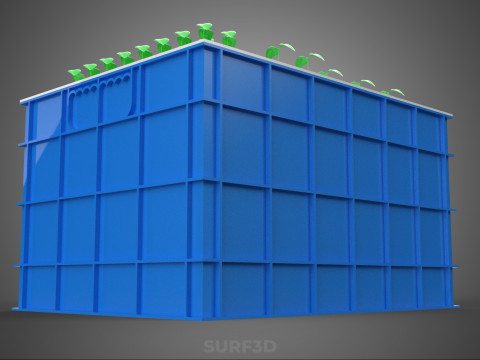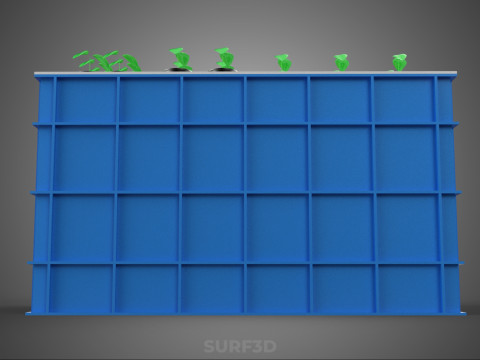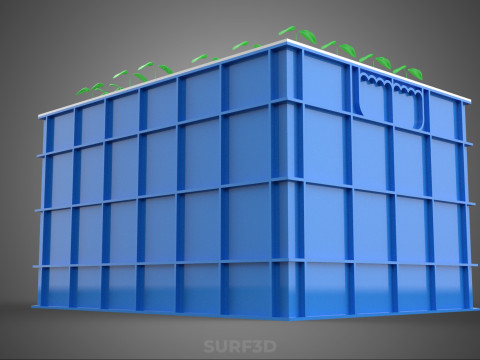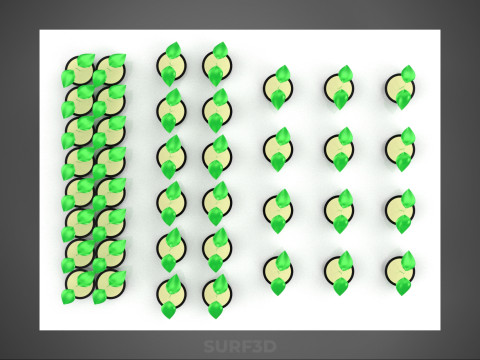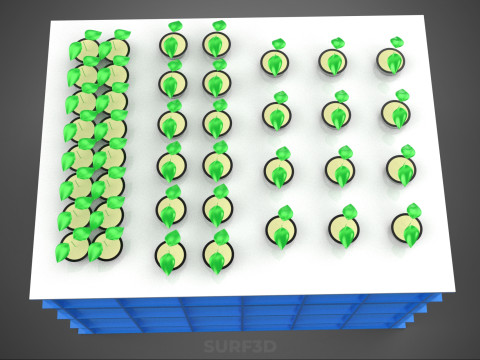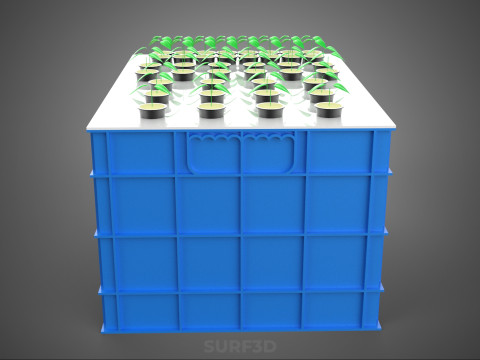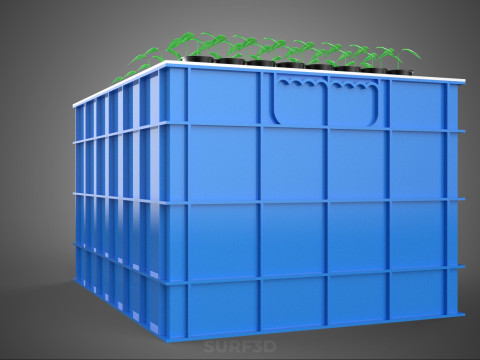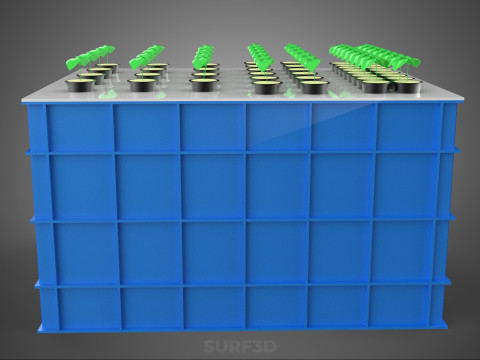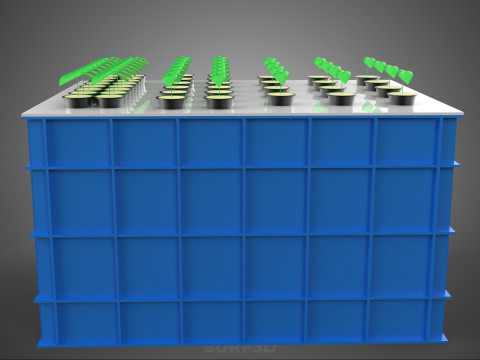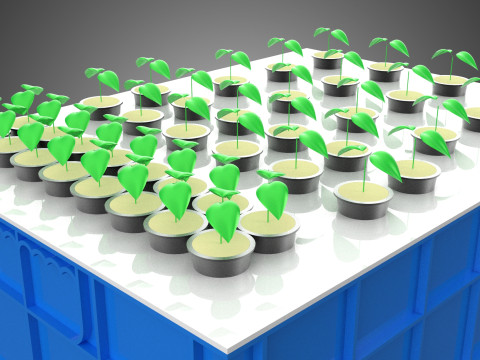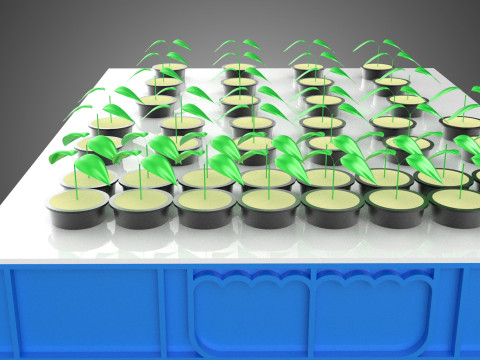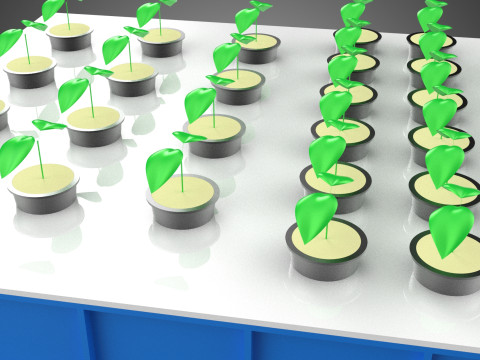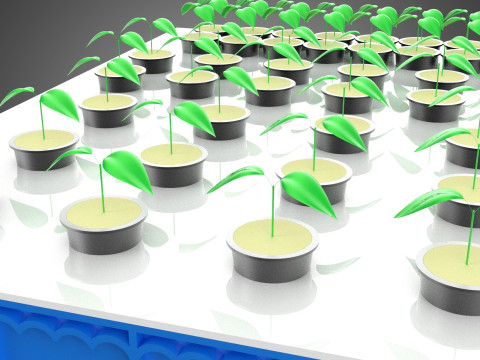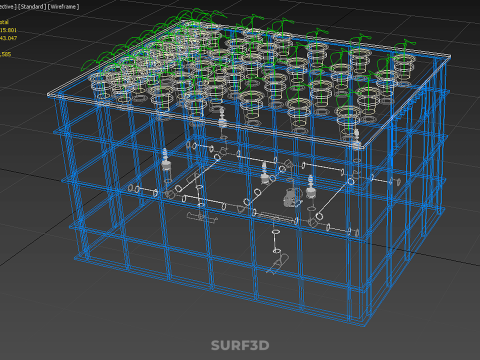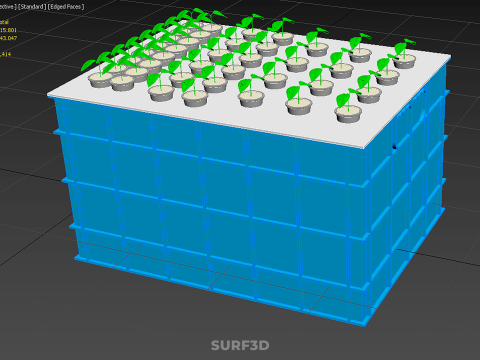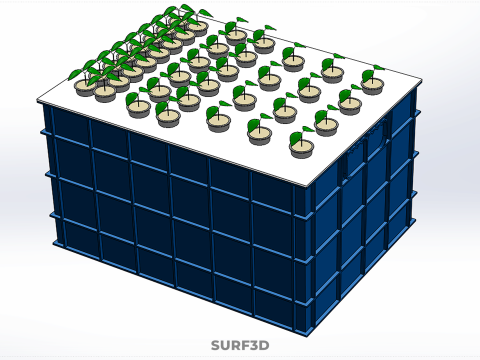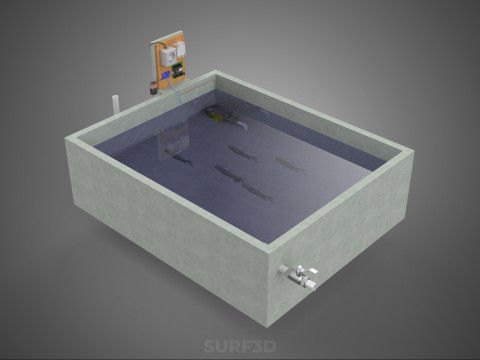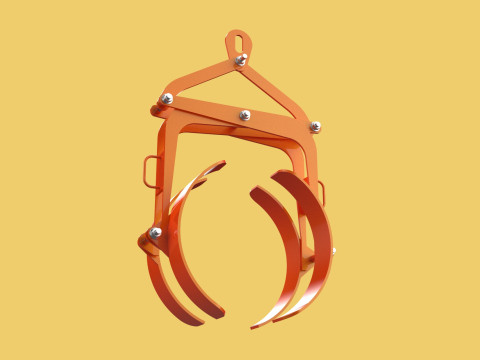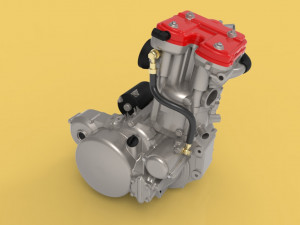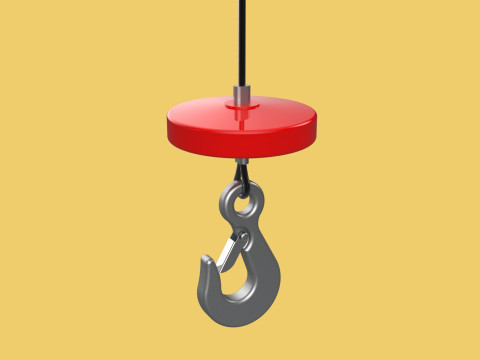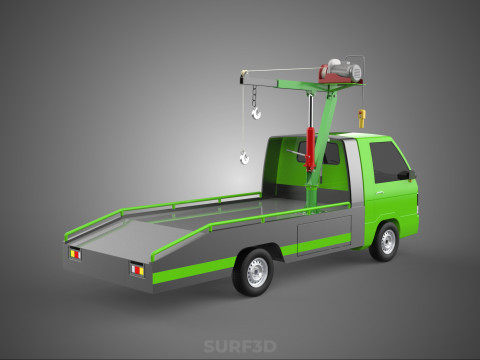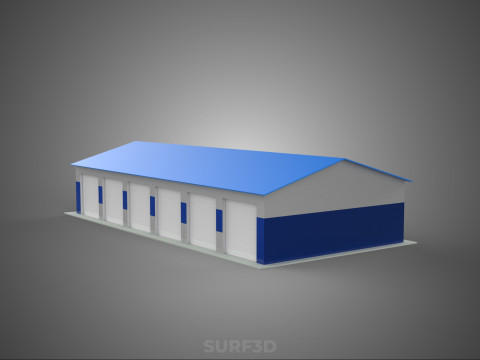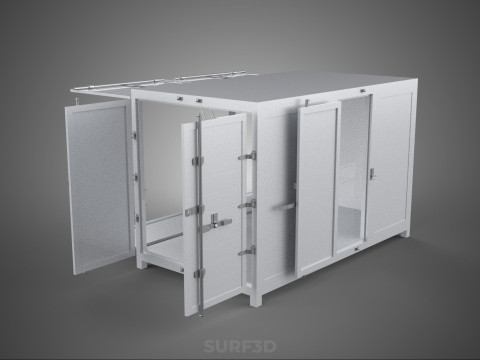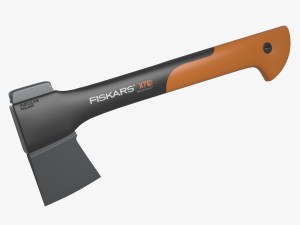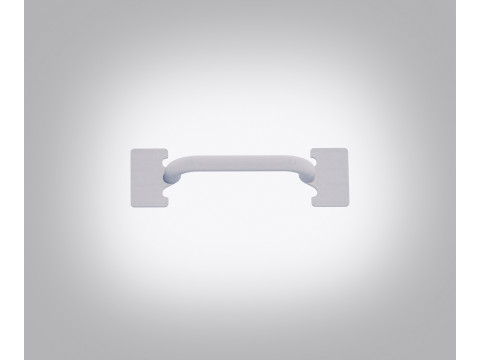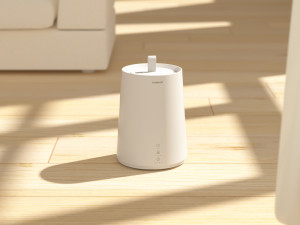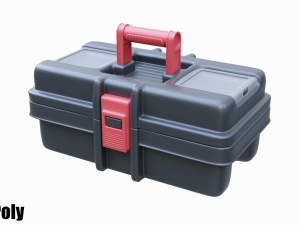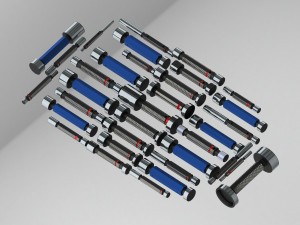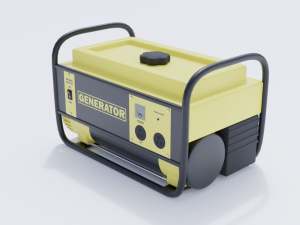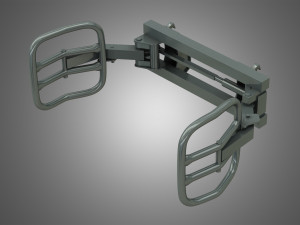ZBIORNIK NA WODĘ POJEMNIK DO PRZECHOWYWANIA AEROPONICZNA FARMA ROŚLIN Model 3D

- Poproś autora o wsparcie produktu
- Dostępne formaty:
- ID produktu:613130
- Data: 2025-11-21
- Wielokąty:315801
- Wierzchołki:243047
- Model animowany:No
- Tekstury:No
- Oparty na szkielecie:No
- Materiał:
- Low-poly:No
- Kolekcja:No
- UVW mapping:No
- Plugins Used:No
- Gotowy do wydruku:No
- 3D Scan:No
- Adult content:No
- PBR:No
- AI Szkolenie:No
- Geometria:Poly NURBS
- Unwrapped UVs:Unknown
- Liczba wyświetleń:56
Opis
High-quality 3D assets at affordable prices — trusted by designers, engineers, and creators worldwide. Made with care to be versatile, accessible, and ready for your pipeline.
Included File Formats
This model is provided in 14 widely supported formats, ensuring maximum compatibility:
• - FBX (.fbx) – Standard format for most 3D software and pipelines
• - OBJ + MTL (.obj, .mtl) – Wavefront format, widely used and compatible
• - STL (.stl) – Exported mesh geometry; may be suitable for 3D printing with adjustments
• - STEP (.step, .stp) – CAD format using NURBS surfaces
• - IGES (.iges, .igs) – Common format for CAD/CAM and engineering workflows (NURBS)
• - SAT (.sat) – ACIS solid model format (NURBS)
• - DAE (.dae) – Collada format for 3D applications and animations
• - glTF (.glb) – Modern, lightweight format for web, AR, and real-time engines
• - 3DS (.3ds) – Legacy format with broad software support
• - 3ds Max (.max) – Provided for 3ds Max users
• - Blender (.blend) – Provided for Blender users
• - SketchUp (.skp) – Compatible with all SketchUp versions
• - AutoCAD (.dwg) – Suitable for technical and architectural workflows
• - Rhino (.3dm) – Provided for Rhino users
Model Info
• - All files are checked and tested for integrity and correct content
• - Geometry uses real-world scale; model resolution varies depending on the product (high or low poly)
• • - Scene setup and mesh structure may vary depending on model complexity
• - Rendered using Luxion KeyShot
• - Affordable price with professional detailing
Buy with confidence. Quality and compatibility guaranteed.
If you have any questions about the file formats, feel free to send us a message — we're happy to assist you!
Sincerely,
SURF3D
Trusted source for professional and affordable 3D models.
More Information About 3D Model :
The Water Tank Crate Storage Container Aeroponic Plant Grow Farm, often referenced by its acronymized or component-based descriptors (e.g., Modular Aeroponic Unit, Crate-Based Grow System), is an integrated, self-contained cultivation apparatus utilizing advanced substrate-less aeroponic technology. This system is engineered for the efficient production of horticultural crops, typically leafy greens, herbs, and small fruits, in environments where space or traditional agricultural resources are limited.
### System Definition and Structure
The core functionality of the system relies on a modular, enclosed structure, typically fabricated from opaque, food-grade, highly durable polymers such as High-Density Polyethylene (HDPE) or Polypropylene (PP). This structure, designated as the "Crate Storage Container," fulfills several critical roles: structural housing, light barrier, and the reservoir for the nutrient solution. Opaque construction is essential to inhibit photo-oxidation and prevent the proliferation of algae within the nutrient medium.
The system is compartmentalized into two primary functional areas:
1. **The Nutrient Reservoir (Water Tank):** Occupying the lower volume of the container, this area stores the recirculating water enriched with essential macro and micronutrients. It houses the submersible pump, necessary filtration components, and connections for the nutrient delivery manifold.
2. **The Atomization Chamber (Root Zone):** This sealed upper volume is where the plant root structures are suspended in air. It is separated from the reservoir by a **Grow Deck** or lid, which supports the plants, usually held in place by neoprene collars or small inert net pots.
### Operational Principles (Aeroponics)
Aeroponics is the defining method of cultivation within this system. It represents the most sophisticated and efficient form of hydroponics, requiring no growing medium (substrate-less).
The operational cycle involves the following steps:
1. **Nutrient Delivery:** The submersible pump draws the oxygenated nutrient solution from the reservoir.
2. **Pressurization and Atomization:** The solution is forced through a network of high-pressure lines leading to specialized atomizers, misters, or foggers located within the atomization chamber.
3. **Root Uptake:** These nozzles generate a fine aerosol mist (droplets typically ranging from 5 to 50 micrometers), which is sprayed directly onto the exposed root systems at timed intervals (pulsed delivery). This critical interval timing ensures the roots receive 100% saturation of nutrients while maintaining optimal oxygen exposure for enhanced respiration.
This pulsed, fine-mist delivery maximizes the surface area contact between the nutrients and the root hairs, leading to superior rates of absorption and plant growth compared to conventional hydroponic methods like Deep Water Culture (DWC) or Nutrient Film Technique (NFT).
### Key Components and Controls
The system’s integrated components ensure precise environmental control:
* **Pumping System:** Typically a high-pressure diaphragm pump for generating the requisite pressure for fine mist formation.
* **Timers and Controllers:** Digital controllers manage the pump cycle duration, nutrient injection (if auto-dosing is implemented), and often monitor critical parameters such as pH (potential hydrogen), EC (electrical conductivity, measuring nutrient concentration), and temperature.
* **Aeration:** While aeroponics inherently promotes root zone oxygenation, supplemental air pumps or venturi aeration devices are often employed in the reservoir to ensure optimal dissolved oxygen levels in the nutrient solution.
* **Grow Lights (Optional but Common):** If deployed indoors or vertically, supplementary LED lighting arrays, often integrated into a shelving or racking system built around the container, provide the necessary Photosynthetically Active Radiation (PAR).
### Applications and Advantages
The Water Tank Crate Storage Container Aeroponic Grow Farm configuration is widely adopted in research and high-efficiency agricultural settings due to its notable advantages:
1. **Water Efficiency:** The closed-loop nature and precise misting reduce water consumption by up to 98% compared to traditional field farming.
2. **Modularity and Portability:** The standardized crate design allows for stacking and vertical integration, optimizing cubic space utilization (vertical farming). The unit is easily scalable and relocatable.
3. **Disease Control:** The air-suspended root environment minimizes the risk of waterborne pathogens and root diseases common in soil or standing water systems.
4. **Yield Optimization:** Enhanced oxygen delivery to the roots promotes accelerated growth and higher density planting.
The system is particularly valuable for controlled environment agriculture (CEA), small-scale urban farming initiatives, educational demonstration units, and sterile crop research.
KEYWORDS: Aeroponics, Hydroponics, Substrate-less, CEA, Controlled Environment Agriculture, Nutrient Delivery System, Root Zone, Atomization Chamber, Modular Farming, Vertical Farming, Nutrient Solution, Reservior, HDPE, Polymer Container, Grow Deck, Net Pots, Electrical Conductivity, pH Monitoring, Urban Agriculture, Closed-Loop System, Precision Agriculture, Water Efficiency, Recirculating System, Diaphragm Pump, Misting Nozzles, Crop Yield Optimization, Plant Respiration, Soilless Culture, Horticultural Crops, Container Gardening.
Potrzebujesz plik w innym formacie?
Jeśli potrzebny Ci plik w innym formacie, zgłoś taką potrzebę przez opcję Support Ticket Konwertujemy produkty na następujące formaty: .stl, .c4d, .obj, .fbx, .ma/.mb, .3ds, .3dm, .dxf/.dwg, .max. .blend, .skp, .glb. Dowolna konwersja formatuNie konwertujemy scen 3D oraz formaty takie jak .step, .iges, .stp, .sldprt.!
Informacje o użytkowaniu
ZBIORNIK NA WODĘ POJEMNIK DO PRZECHOWYWANIA AEROPONICZNA FARMA ROŚLIN - Możesz używać tego bezpłatnego modelu 3D zarówno do celów osobistych, jak i komercyjnych, zgodnie z Licencją Podstawową lub Rozszerzoną.Licencja Podstawowa obejmuje większość standardowych przypadków użycia, w tym reklamy cyfrowe, projekty projektowe i wizualizacyjne, firmowe konta w mediach społecznościowych, aplikacje natywne, aplikacje internetowe, gry wideo oraz fizyczne lub cyfrowe produkty końcowe (zarówno bezpłatne, jak i sprzedawane).
Licencja Rozszerzona obejmuje wszystkie prawa udzielone na mocy Licencji Podstawowej, bez ograniczeń użytkowania i pozwala na wykorzystanie modelu 3D w nieograniczonej liczbie projektów komercyjnych na warunkach bezpłatności.
Czytaj więcej


 English
English Español
Español Deutsch
Deutsch 日本語
日本語 Polska
Polska Français
Français 中國
中國 한국의
한국의 Українська
Українська Italiano
Italiano Nederlands
Nederlands Türkçe
Türkçe Português
Português Bahasa Indonesia
Bahasa Indonesia Русский
Русский हिंदी
हिंदी